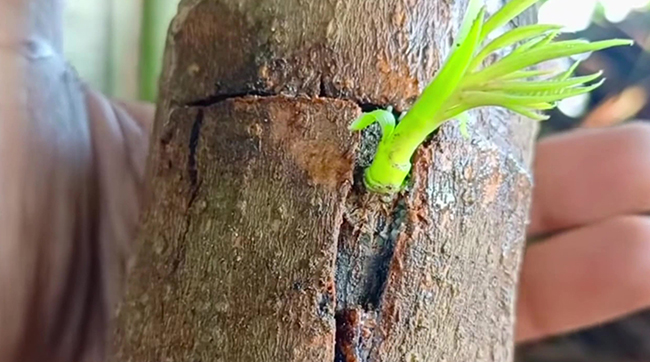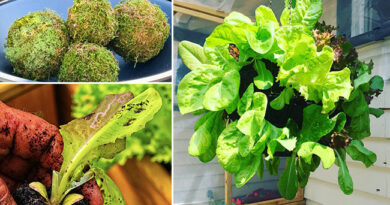Grafting Method of T-Shaped Buds: Benefits and Key Points (with Video Tutorial)
Grafting is a common horticultural technique used to propagate plants with desirable traits, such as disease resistance, improved fruit quality, or increased yield. T-budding is one of the grafting methods that is popularly used for fruit trees. It involves inserting a small bud from the scion wood into a vertical cut made in the bark of a rootstock. In this article, we will explore the benefits and key points of the grafting method of T-shaped buds.

Benefits of T-budding
The T-budding technique has several advantages over other grafting methods. One of the primary benefits is that it requires only one bud to grow into a new plant, which saves scion wood. Scion wood is the part of the plant that is taken from the desired variety and grafted onto the rootstock. Using only one bud for T-budding means that a small amount of scion wood can be used to produce multiple plants. This is especially useful for varieties that have limited scion wood availability or are expensive.
Another benefit of T-budding is that it does not require high demands on the rootstock. The method is simple and easy to control, with a good survival rate. T-budding is also less invasive than other grafting methods and results in less damage to the plant tissues. This increases the likelihood of successful grafting and reduces the risk of infections.
Key Points of T-budding
To successfully graft T-shaped buds, there are a few key points to keep in mind. The first point is to choose the warm season for grafting. The ideal time to graft is when the plant is actively growing, typically in the spring or summer. This allows the plant to heal quickly and reduces the risk of desiccation.
The second point is to choose a rootstock with a thick diameter of eight centimeters as the grafting object. The rootstock should be healthy and free from diseases and pests. After cleaning the dust, make a horizontal straight cut on a smooth part of the bark, and then make a vertical cut in the middle of the horizontal cut. Do not cut too deep, just reach the inner woody part. The length of these two cuts must be adapted to the length of your bud.
Below is a Video Tutorial:
The third key point is to cut the bud correctly. The bud should not contain any woody tissue as much as possible, as it will affect the survival rate of the bud. The size of the bud should correspond to the thickness of the rootstock and the size of the cut. The bud should be located at the upper part of the entire bud strip, preferably at about 1/4 of the length, and the bud should be in the middle.
After preparation, insert the bud strip into the rootstock cut, gently press the upper end of the bud strip to align with the horizontal cut of the rootstock, and finally wrap it tightly with tape. Leave a gap at the bud point when wrapping to facilitate sprouting. After completing these steps, pay attention not to let the grafting site touch water to avoid infection. Find a well-ventilated environment. In about 40 days, a new plant will emerge.
Conclusion
T-budding is a simple and effective grafting method that offers several benefits for fruit tree propagation. By following the key points of T-budding, gardeners and horticulturists can increase their success rates and produce healthy and productive plants. With the proper technique, T-budding can be a valuable tool for maintaining genetic diversity and preserving desirable traits in fruit trees.



